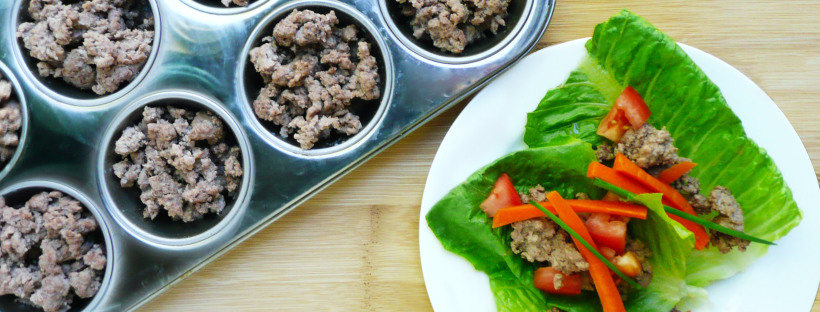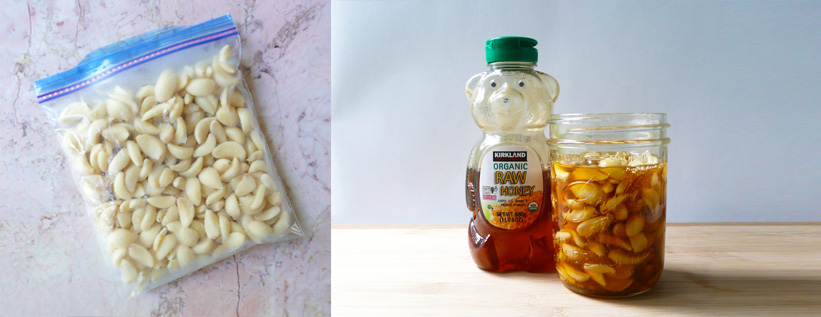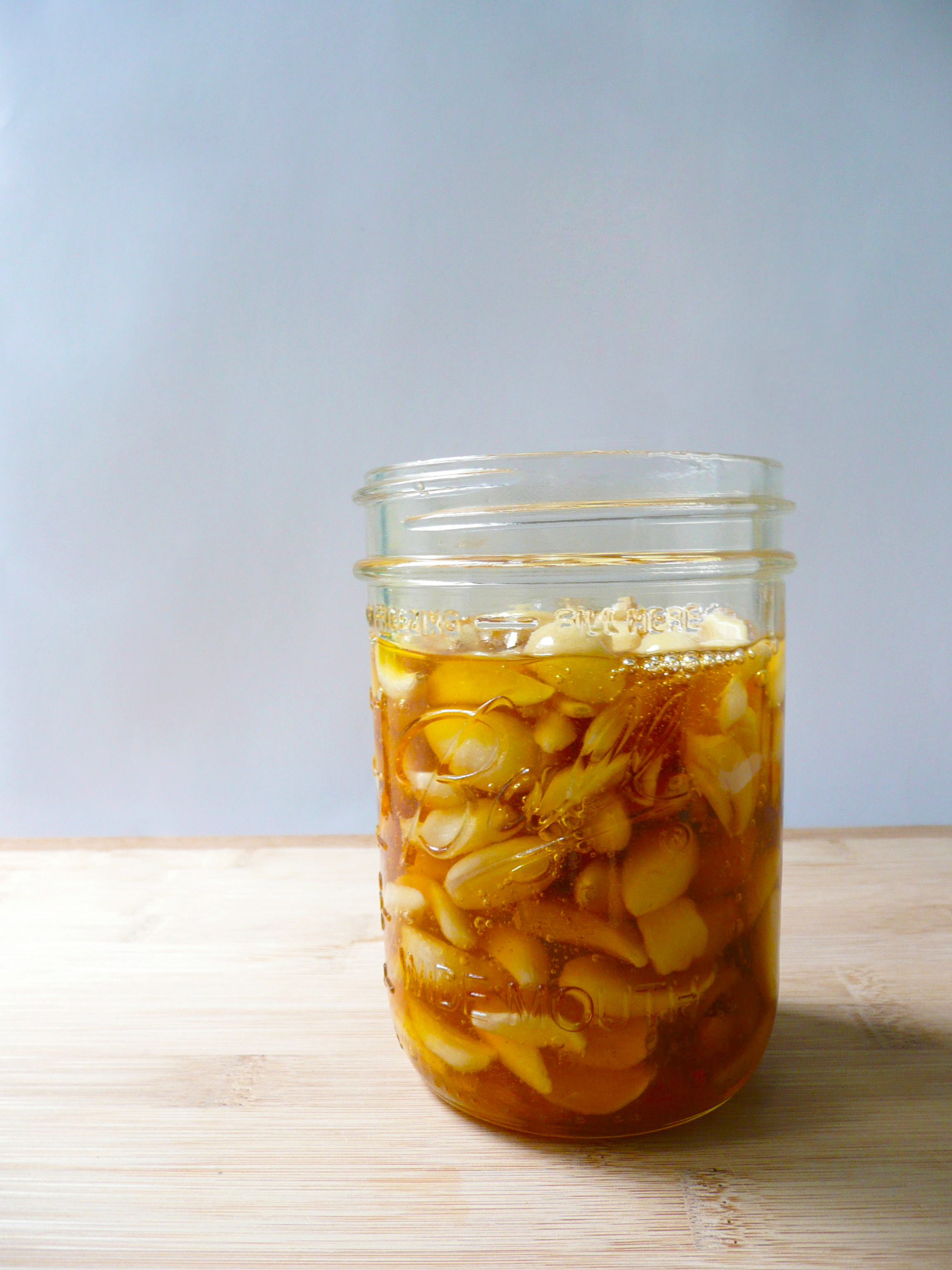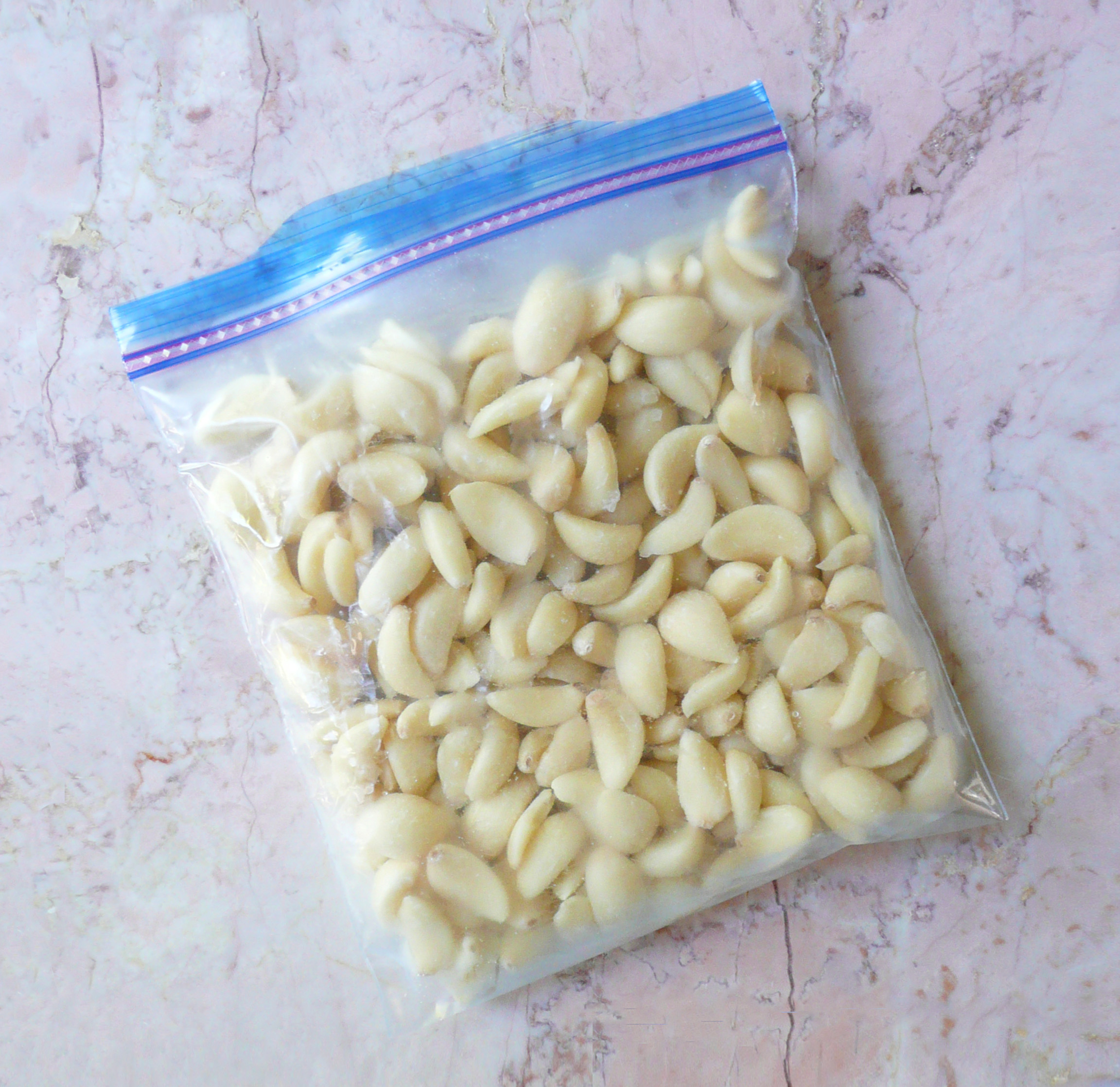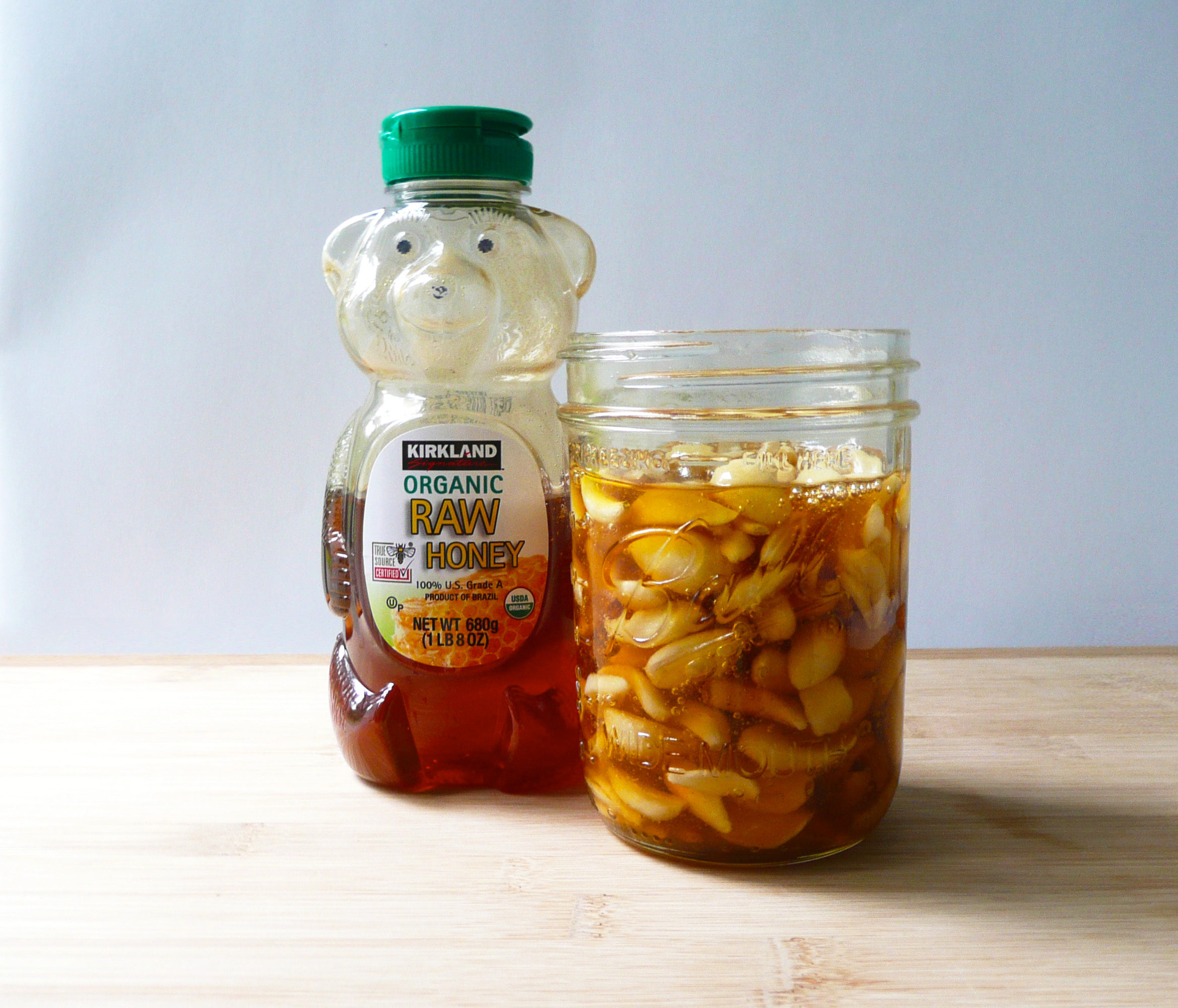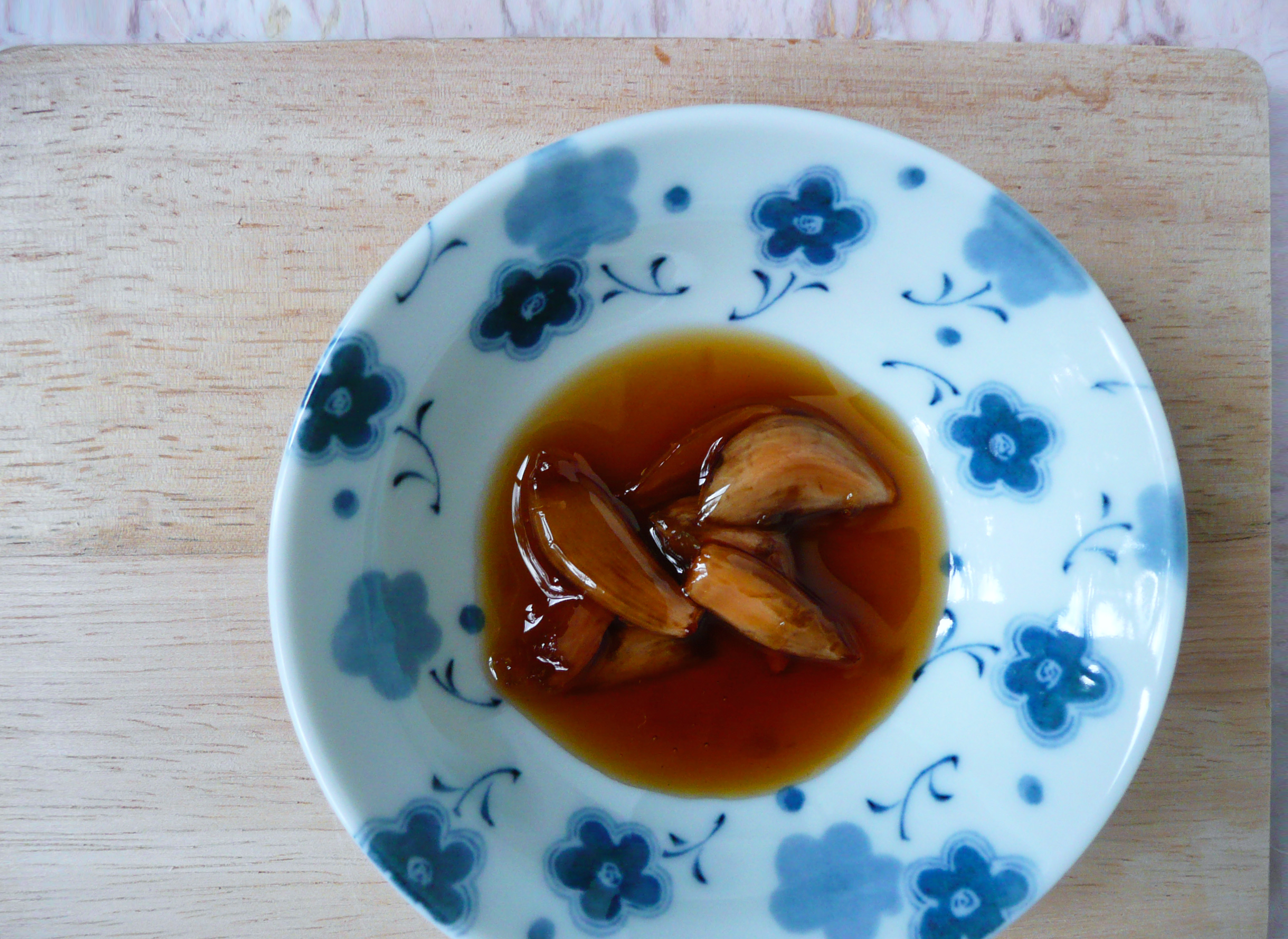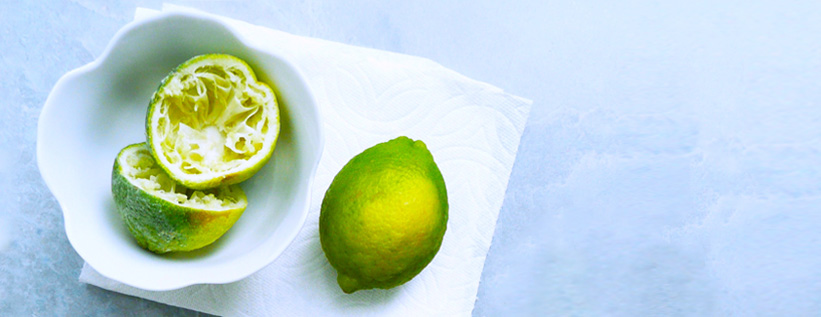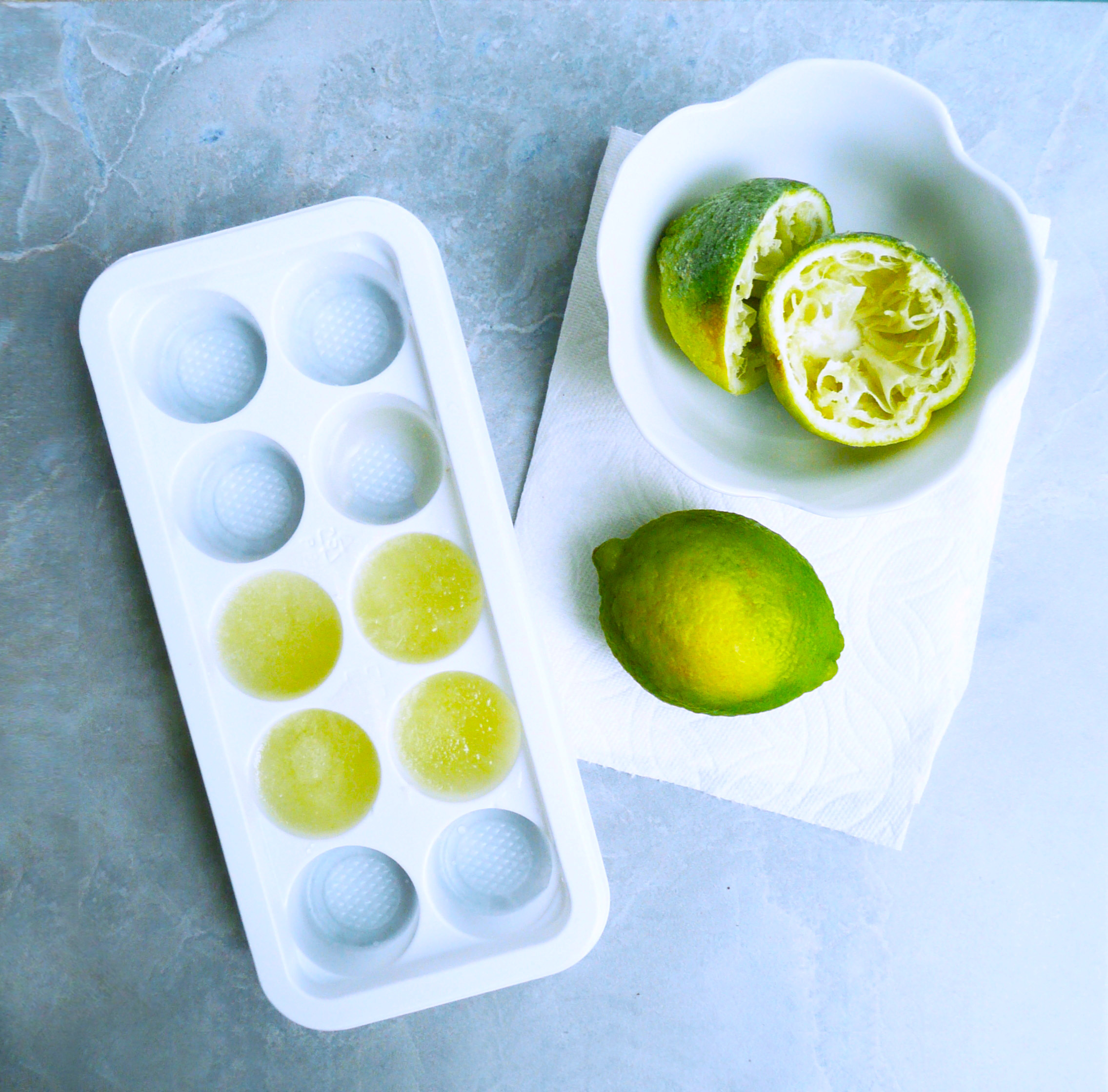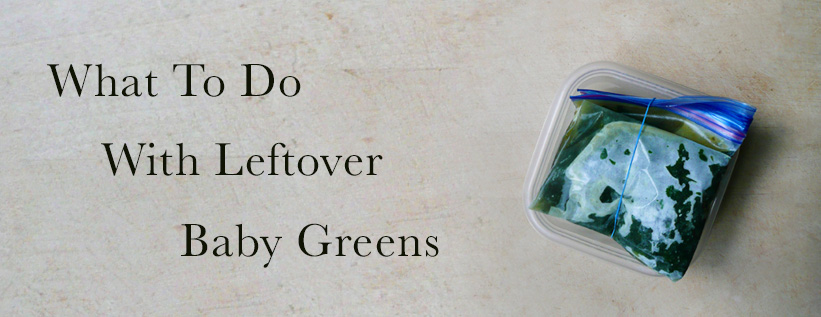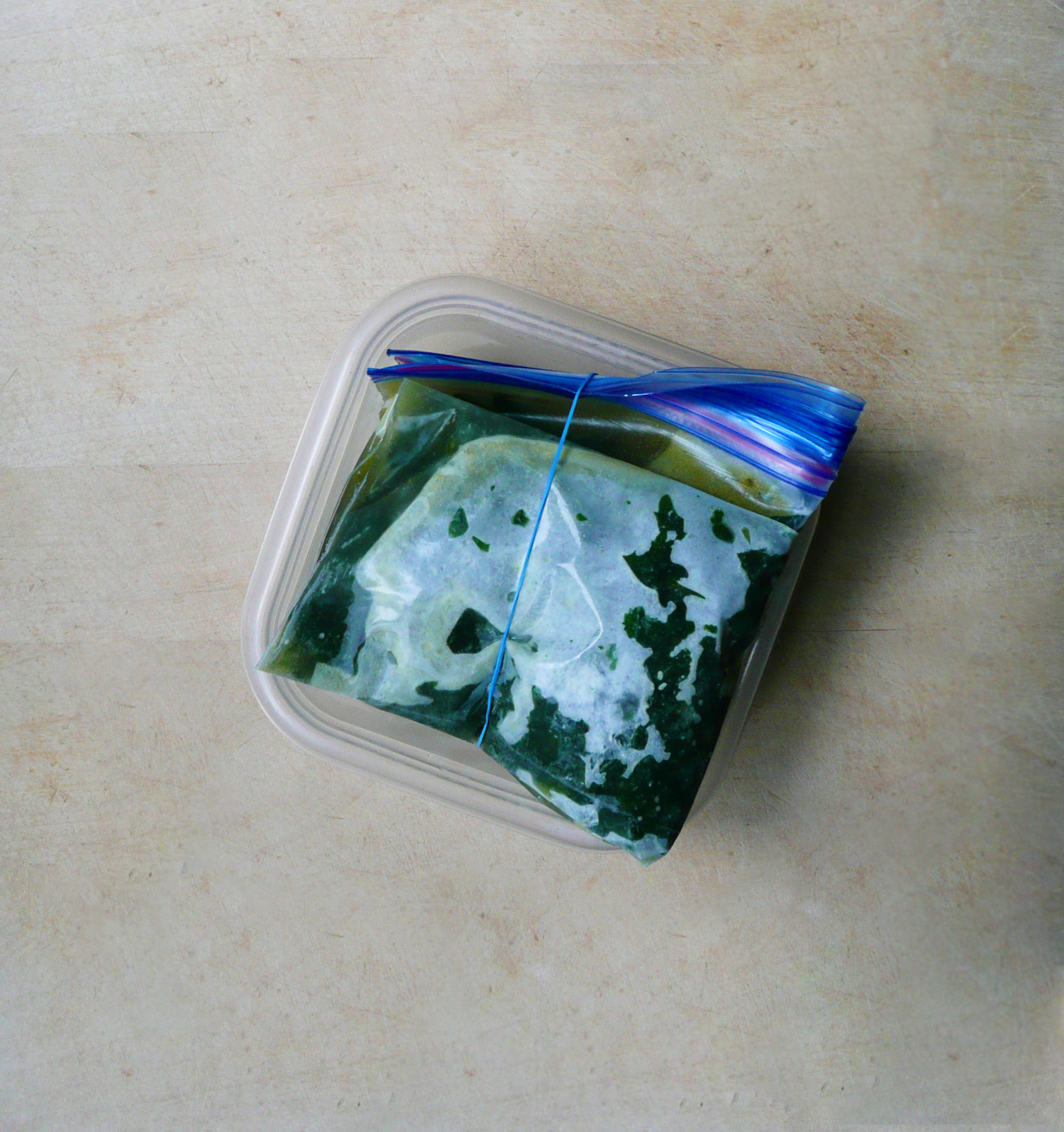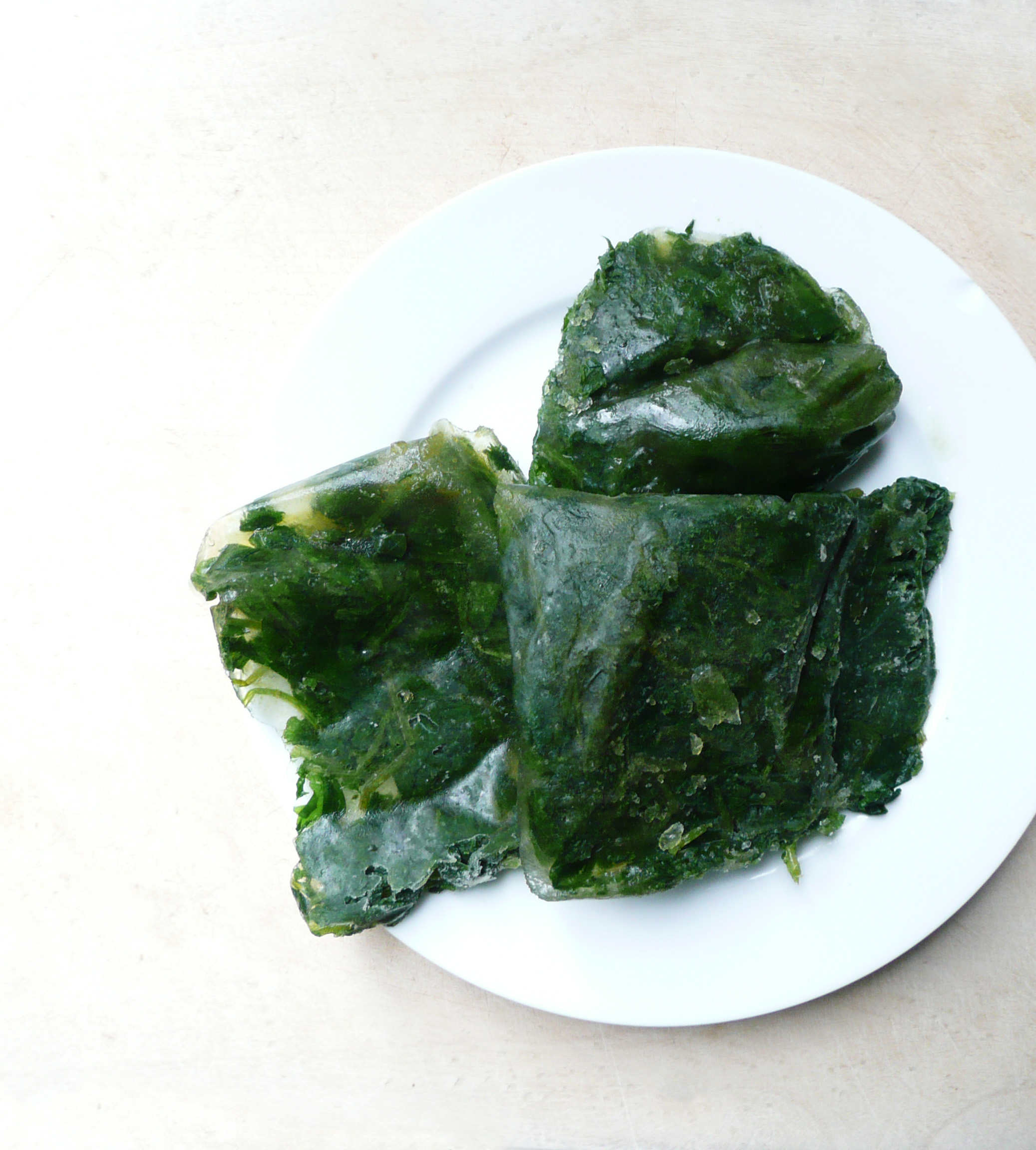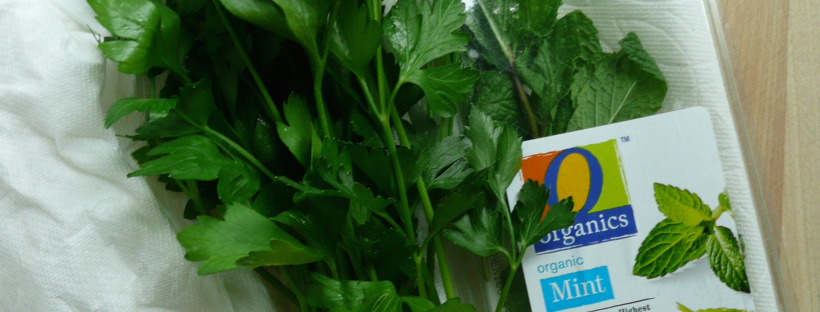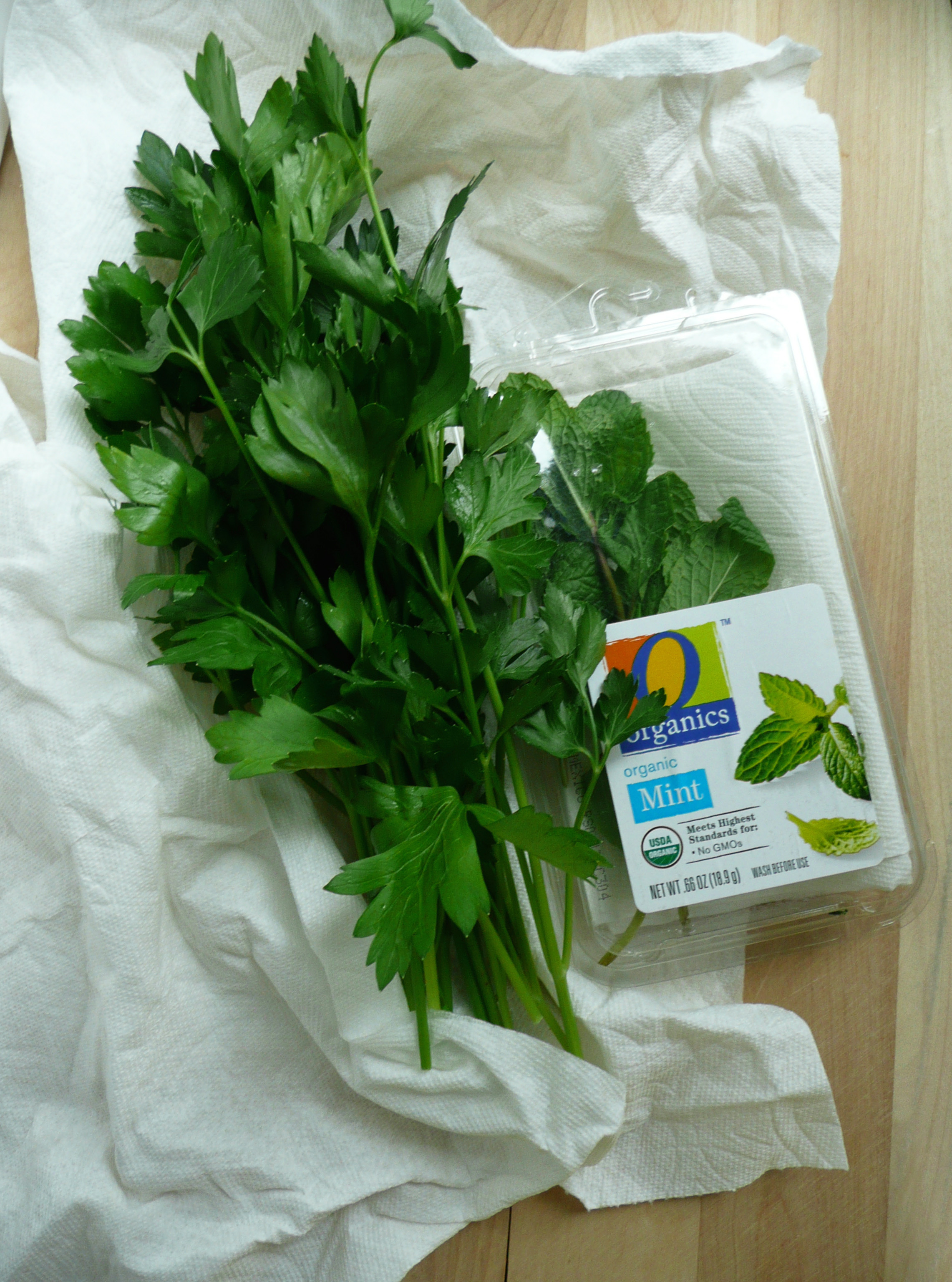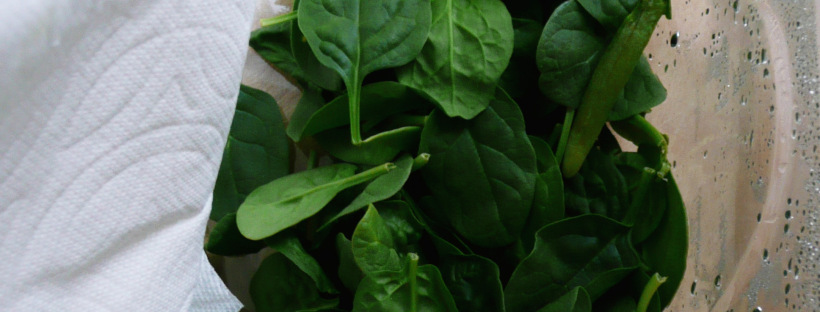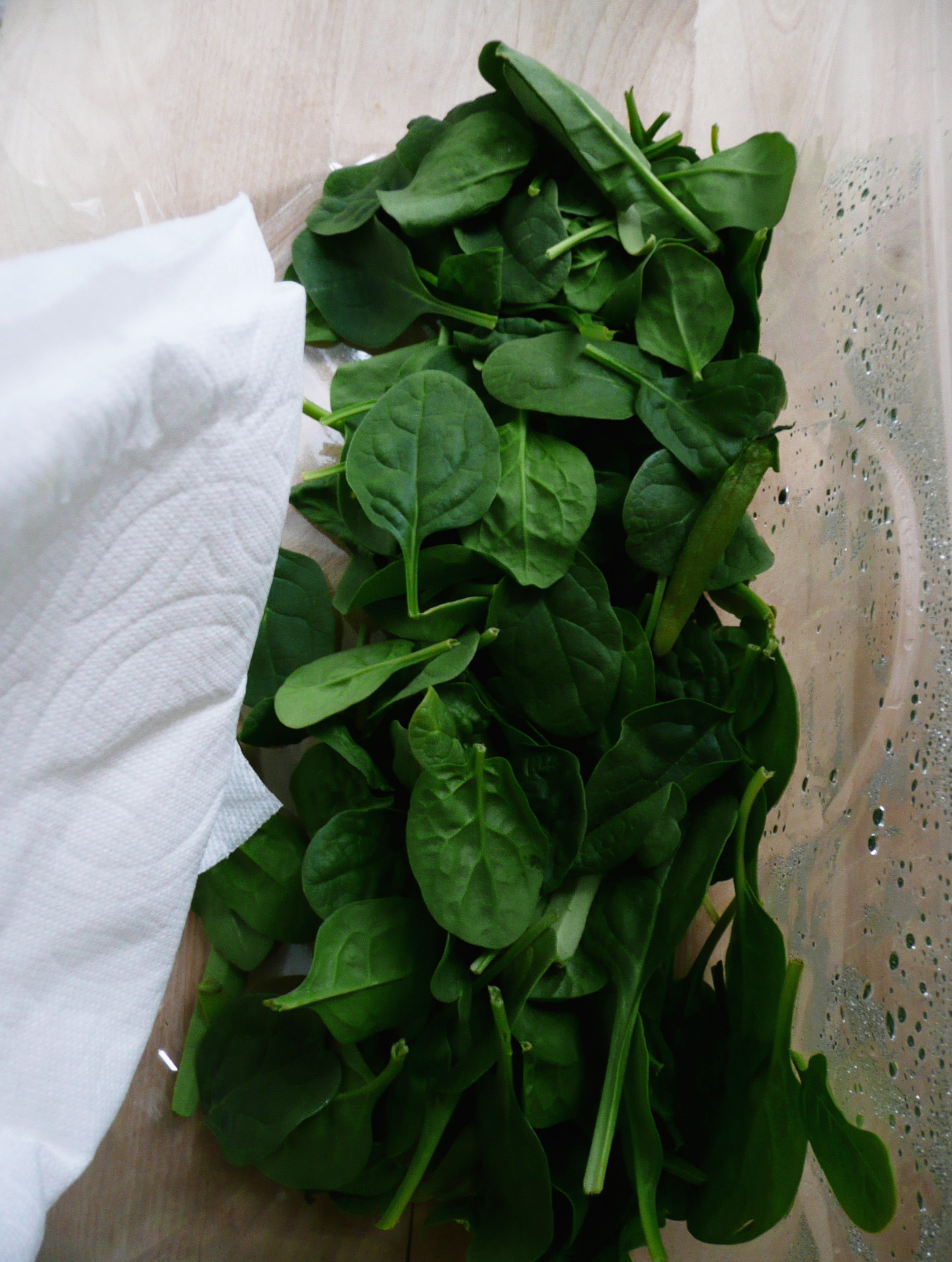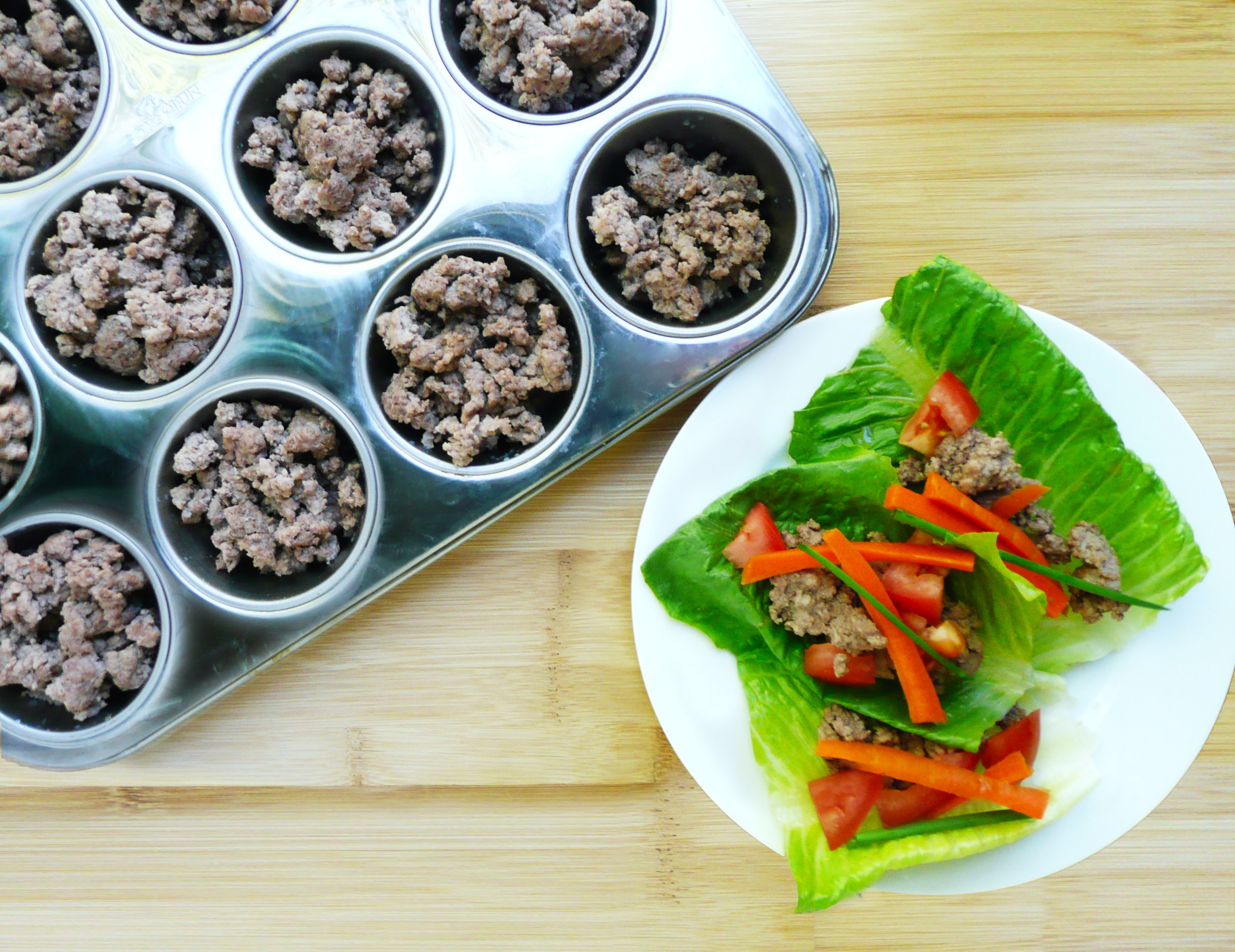
I stumbled upon this money saving tip this past Father’s Day.
I was at my local grocery store early in the morning and on a whim decided to check out the meat section. It was a nice surprise to see that they had started carrying grass fed lamb (it used to be that in my area only Whole Foods carried grass fed lamb).
The grass fed lamb ribs were pretty expensive though, about $15 / lb and I wasn’t quite in the mood to spend that much. So I kept browsing and saw that they also had grass fed ground lamb.
Then I looked at the price – $6.99 / lb. Eh, not cheap but not too terrible either.
Then I saw the 50% off stickers.
Huh?
Grass fed lamb for $3.50 / lb? That is a great deal!
As it turns out, the sell by date was June 17th (which was the same day as Father’s Day this year) and that’s why the ground lamb was 50% off. That was the last day that they could sell the lamb before they took it off the shelves.
One of my family members told me later that grocery stores also do the same thing with dairy products (they discount them on the sell by date).
The sell by date is not the same as the expiration date. There’s more info on this here.
Obviously, if you’re going to buy meat on the sell by date, you do that at your own risk (’cause no one can completely guarantee the safety of raw meat).
Personally though, I looked for packages where the plastic wrap wasn’t puffy and the meat still smelled ok.
I wouldn’t use this meat for anything like a rare burger, and I would make sure to cook it thoroughly.
I ended up buying 4 lbs of grass fed meat for about $14. The ground lamb was packaged in those vacuum packed blocks and looked just as good as the ground beef that was packaged the same way (but was a week or two away from the sell by date).
So I took it all home, cooked it off in a big pot, drained off the excess fat and spooned the cooked lamb into muffin pans and froze it. I then transferred the blocks of ground lamb into ziptop bags.
The little individual portions of frozen lamb are really convenient and make life a lot easier as they defrost quickly and you can add them to anything for a quick dinner.
So far, I’ve tossed these little blocks of ground lamb into pasta sauce and paleo chili, used them to make Cumin Lamb Lettuce Cups, and made them into a soup with leftover greens and vegetables that I had in my fridge.
Altogether I got 24 half cup servings of ground lamb for $14, which works out to $0.58 per serving. This amount of meat will last me about 2 months (I tend not to eat meat every day).
If I were to do this again – (which I definitely will – saving money is pretty awesome!)
– I would go to my local grocery store and make a note of the sell by dates of the meat was I interested in buying. (This is pretty easy to do during my weekly shopping trip.)
– I would either go to the grocery store the night before the sell by date (sometimes grocery stores will put the discount stickers on the meat the night before) or early in the morning the day of (like before 8:30 am).
– I would cook the meat off that day and freeze it.
I hope that this tip helps to save you some money too!
